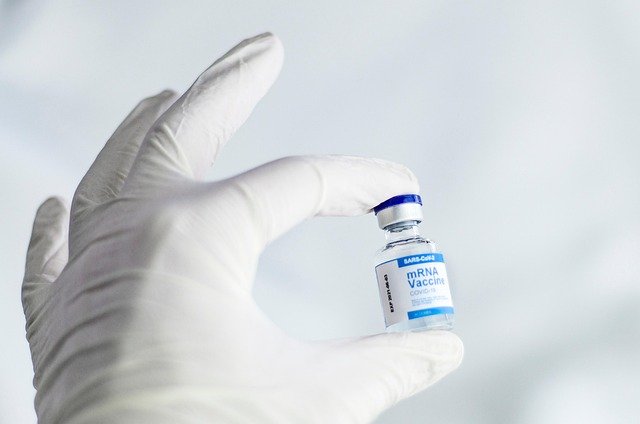Early Signs of Prostate Cancer and the Importance of Screening for US Men in 2025
Prostate cancer is the second most diagnosed cancer among US men, especially those aged 50+. Identifying early symptoms and understanding regular screening’s role can improve treatment outcomes. This article reviews initial signs of prostate cancer and explains why screening matters in 2025.

What Is Prostate Cancer and Its Initial Symptoms?
Prostate cancer begins in the prostate gland, a small organ located just below the bladder that plays a part in producing seminal fluid. It predominantly affects men with male reproductive anatomy and usually progresses at a slow pace.
The Importance of Detecting Prostate Cancer Early
In its early stages, prostate cancer often shows no symptoms, which makes detection difficult without screening procedures. When symptoms do arise, they may include:
- A diminished or weak urine stream
- Frequent urination, particularly during nighttime
- Presence of blood in urine or semen
These warning signs should prompt a visit to a healthcare provider as they could indicate prostate cancer or other prostate-related issues. Early identification permits timely treatment, improving survival chances and lowering the likelihood of complications.
Symptoms Associated with Advanced or Metastatic Prostate Cancer
When prostate cancer spreads beyond the gland, it can lead to more serious symptoms such as:
- Erectile dysfunction
- Bone pain in areas like the hips, back, or ribs
- Numbness or weakness in the legs or feet
- Loss of bladder or bowel control
- Fatigue and unexplained weight loss
These advanced symptoms signify disease progression and require urgent evaluation and treatment by medical professionals.
Identifying Men at Greater Risk
The chance of developing prostate cancer rises with age, particularly in men over 50. Most cases are diagnosed after age 65, while it remains rare under 40. Other notable risk factors include:
- African American descent, with screening recommended to start by age 45
- A family history of prostate or some breast cancers
- Obesity
Men who fall into these higher-risk categories should discuss personalized screening plans with their doctors.
Why Regular Screening Is Crucial in 2025
Screening continues to be a key element in detecting prostate cancer early. The American Cancer Society advises:
- Men at average risk should begin discussing screening at age 50.
- African American men and those with a family history should start as early as age 45.
- Those at very high risk may need to begin screening by age 40.
The primary screening techniques include:
- Prostate-Specific Antigen (PSA) Test: A blood test measuring PSA levels, which often rise with prostate cancer.
- Digital Rectal Exam (DRE): A physical examination where a healthcare professional checks the prostate gland for abnormalities.
If results are concerning, further diagnostic steps such as MRI scans and prostate biopsies might be necessary to confirm the presence of cancer.
Advantages and Considerations Regarding Prostate Cancer Screening
Detecting prostate cancer early through screening increases the likelihood of identifying aggressive cancers when treatment is most effective, with early-stage cases having nearly a 100% five-year survival rate. Still, men should be mindful of possible downsides, including:
- False-positive findings that may cause anxiety and lead to unnecessary biopsies
- Overdiagnosis, which can result in treating cancers unlikely to cause symptoms
- Potential complications from biopsies like infections or bleeding
Having open, informed conversations with healthcare professionals helps weigh the benefits and risks appropriately.
Treatment Choices for Early-Stage Prostate Cancer
For men diagnosed early, several options are available:
- Active Surveillance: Careful monitoring of cancer without immediate treatment.
- Surgery (Radical Prostatectomy): Complete removal of the prostate gland.
- Radiation Therapy: Using targeted radiation to kill cancer cells.
Treatment decisions depend on factors such as overall health, cancer specifics, and patient preferences. Since each option carries its own side effect profile, individualized care is essential.
Lifestyle Factors That May Help Reduce Risk
Although there is no guaranteed way to prevent prostate cancer, adopting a healthy lifestyle might lower risk:
- Keeping a healthy body weight
- Consuming a diet rich in fruits, vegetables, and whole grains
- Reducing intake of red and processed meats
- Avoiding tobacco use
- Staying physically active
Sharing family medical history with healthcare providers can help tailor screening and prevention strategies more effectively.
Resources and Support for Men in the United States
Men diagnosed with prostate cancer or those concerned about their risk can find extensive support and resources including:
- Educational information
- Support groups and counseling services
- Assistance with transportation and accommodation during treatment
Such services can provide valuable help throughout diagnosis, treatment, and survivorship journeys.
Summary
Prostate cancer remains a major health concern for men over 50 in the US. Despite early stages often lacking symptoms, recognizing warning signs and participating in regular screening are vital for early treatment and improved survival outcomes. Being aware of risk factors and maintaining a healthy lifestyle also supports prostate health. Men are encouraged to consult their healthcare providers to develop personalized screening plans aligned with 2025 guidelines.
Sources
- Centers for Disease Control and Prevention (CDC): Prostate Cancer Screening
- Mayo Clinic: Prostate Cancer Symptoms and Causes
- American Cancer Society: Men’s Health Month: Prostate Cancer Q&A
Disclaimer: This article is intended solely for informational purposes and does not replace professional medical advice. Screening guidelines and treatment options may vary based on personal health conditions and medical advances. Readers should seek personalized advice from healthcare professionals.




